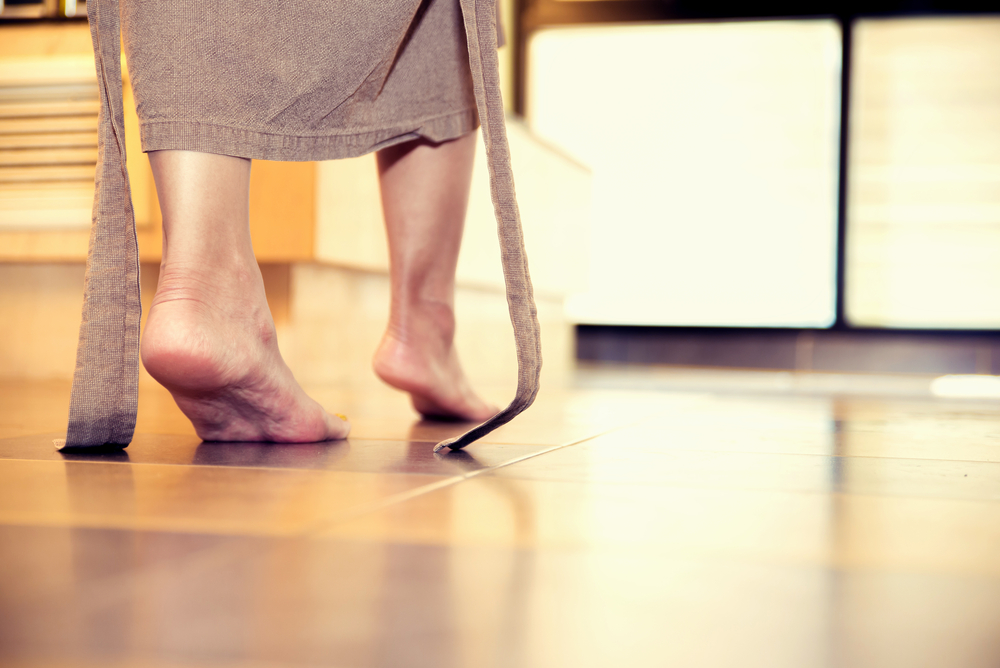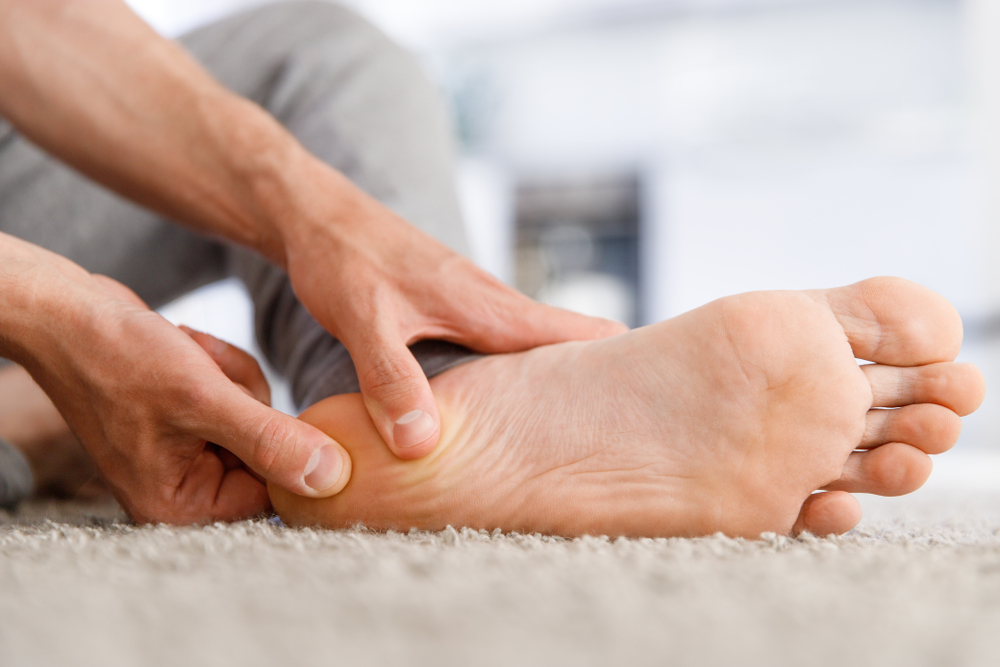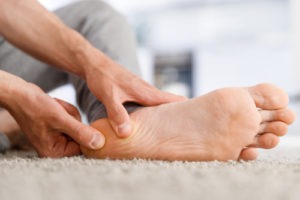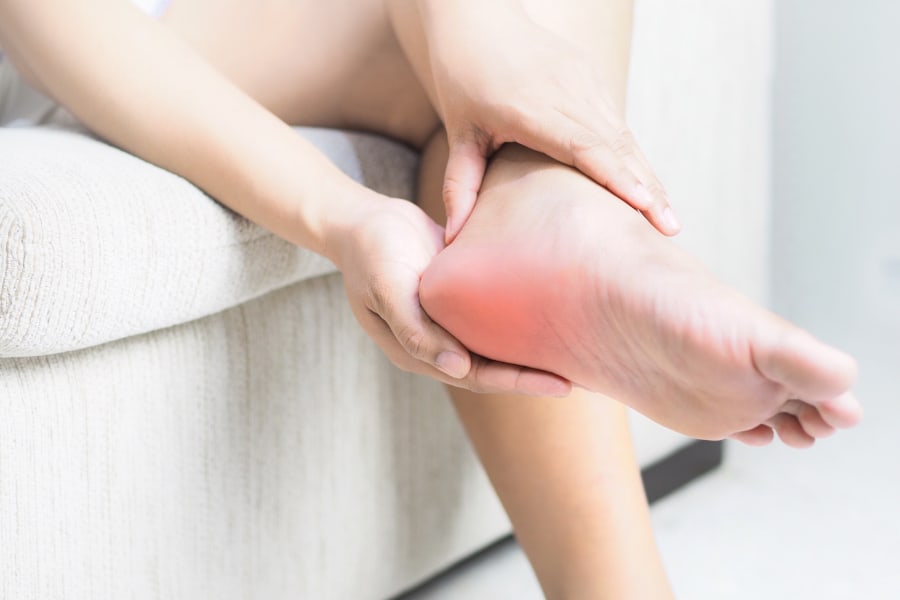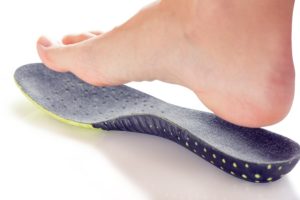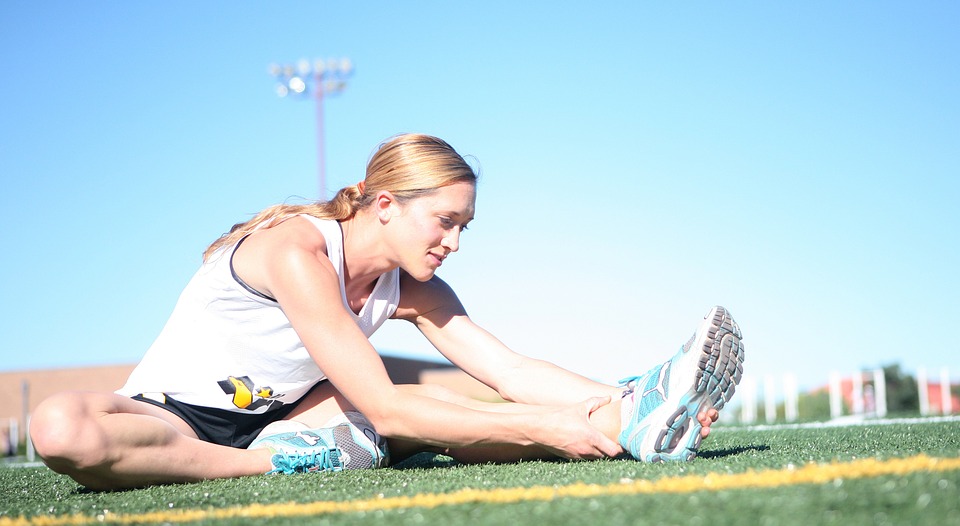Drop foot can be a very frustrating problem, and there are many potential causes for it. Before we get into things, it is important to understand what drop foot is. It is the lack of strength to pull your foot or toes upwards, or the ability to move your foot sideways away from your opposite foot. There are approximately five different muscles involved with the weakness that can create drop foot. We won’t be going over these muscle groups in this blog, but it’s important to understand that drop foot can affect both sideways and upwards motion to varying degrees.

When you walk with a drop foot, it may be difficult for your foot to clear the ground. The foot may also want to slap against the ground when your heel hits the floor, or be in such a downward position that you must flex your knee upwards for your foot to clear the ground. This is referred to as a steppage gait and can make walking exceedingly difficult to the point where it has a significant effect on mobility.
What Are the Causes?
- Spinal-cord drop foot can be associated with your back, which is referred to as radiculopathy, caused from compression or irritation to the spinal nerves in the lumbar area.
- Strokes can be associated with drop foot.
- Sciatic nerve trauma, usually caused from hip or knee surgery.
- Trauma to the nerves in the leg that stimulate the muscles to contract
- Compression of the common peroneal nerve. Compression of this nerve tunnel may be associated with both diabetic and non-diabetic neuropathy. It is often assumed that the drop foot is from a sciatic nerve that was stretched and damaged from hip replacement surgery or knee surgery, because the common peroneal nerve tunnel becomes compressed. Anderson Podiatry Center has successfully reversed drop foot for many patients who were told it was from their back or from damage to the sciatic nerve.
What Is the Common Peroneal Nerve?
The common peroneal nerve is the most overlooked cause of drop foot. It is a branch of the sciatic nerve, and as the sciatic nerve courses down the back of your hamstring area, it divides. One branch goes towards the bottom of the foot, down the back of the calf, and the other branch goes around the outside of your leg, just below the knee.
It’s in this area that the common peroneal nerve tunnel is located. Just beyond the nerve tunnel is the branches that send signals to the leg muscles to contract. When the tunnel is tight, the branches don’t send strong enough signals, and the muscles become weak. This is similar to carpal tunnel syndrome in the hand. This can be the case in diabetes, where there’s compression involved, or non-diabetic neuropathy, because the tunnel can become tight.
At Anderson Podiatry Center, we deal a lot with peripheral nerve disorders and evaluate peripheral nerve issues. Many doctors are not fully trained in the evaluation and treatment of peripheral nerve problems. So, for many of you reading this blog, the potential is that you may have been told there is nothing you can do. You may have had a hip or knee replacement surgery and your sciatic nerve was damaged, which has resulted in drop foot due to the common peroneal nerve.
Treatment
To quickly answer the question as to what the best drop foot treatment is, it’s surgery (especially if the drop foot is significant). If there is high potential that the nerve is compressed, surgery would be the best option because it can give you the most profound improvement.
If there is a delay in surgery, especially after trauma or a surgery that could have caused this, it could lessen the effectiveness of the drop foot surgery. Many say that if you have had a surgery, such as hip replacement, and drop foot occurs, you should wait around six months to a year to see if it improves. However, we strongly disagree with this approach and suggest that if it’s been 2-3 months since surgery, and there is no progression towards improvement, surgery on this nerve tunnel should be performed. Waiting may limit how much improvement the patient gets.
- ESTIM: This is a non-surgical treatment that involves multiple visits and electrical stimulation. This is performed with local anesthetic injections, that in combination repair nerve damage and improve circulation to the nerves during treatments.
- Tendon transfer surgeries and joint fusions: These surgeries have always been available in conventional surgical training to help stabilize the foot and ankle.
- Ankle bracing: there are many types of ankle braces that also may help. In most cases, these are prescribed by the doctor.
In summary, the two most important aspects about drop foot treatment are:
- If you’ve had surgery or an injury, and after the first two to three months you’ve not experienced improvement, do not put yourself in a position where you may lessen the effectiveness of the surgery by waiting. With that being said, we’ve also seen patients, years after a surgery caused by drop foot, that still still see improvement on their mobility from drop foot surgery. When surgery is performed, most patients see significant improvement of their lifestyle, even if they have less than 100 percent improvement of their muscle strength.
- If you have neuropathy or back problems, don’t assume that you don’t have compression of the common peroneal nerve. It is commonly associated with diabetic and nondiabetic neuropathies.
- To conclude, it is not always the case that surgery is the best treatment, but for those whose mobility is significantly impacted, proper assessment of the common peroneal nerve is important. The recovery time and risks are minimal, compared to other surgical options, and if surgery fails, the other options will always be there. When the drop foot is minimal other options such as ESTIM may be considered. So if you or someone you know suffers from drop foot, please consider the common peroneal nerve tunnel as a potential cause.
